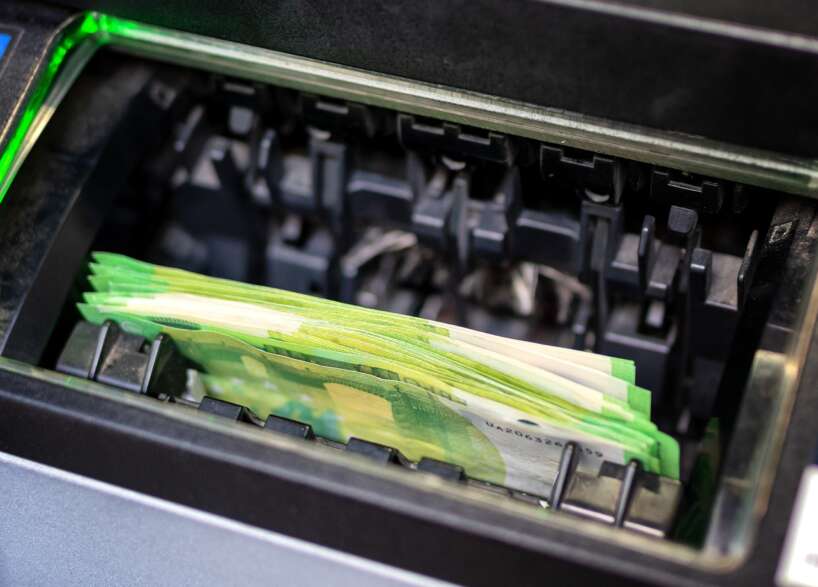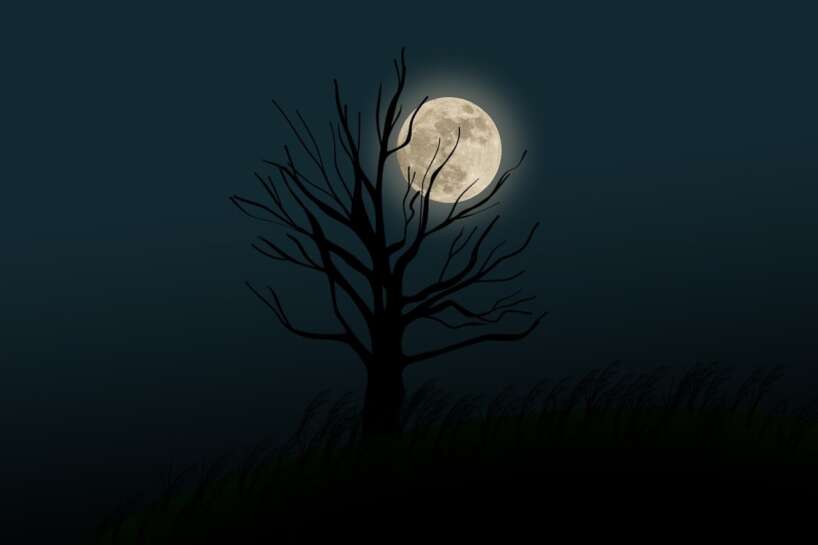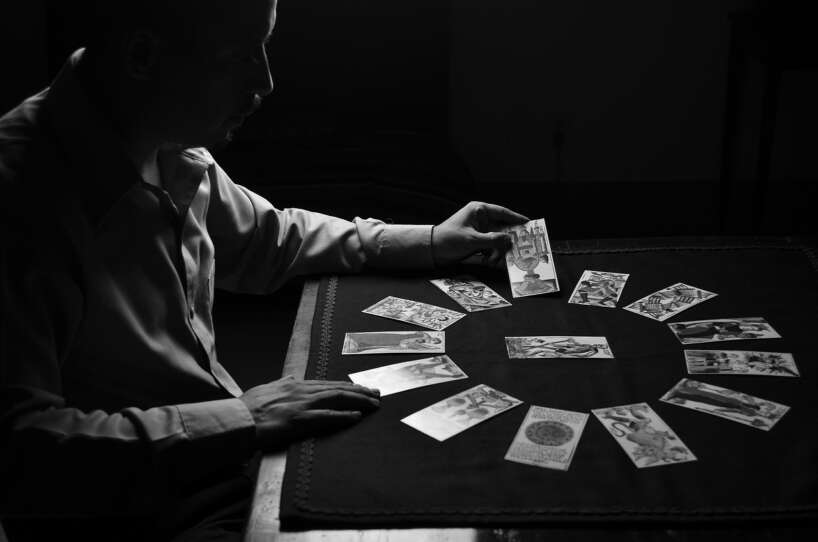COPYRIGHT
A “copyright” is actually a “bundle of rights” that the creator of a work is entitled to control if the work is “an original work of authorship fixed in a tangible medium of expression.” This means that in order to be entitled to copyright protection, the work has to be something you created (and didn’t copy from another work) and set down in some physical form, like in writing, on videotape, in a sound recording, in a computer program or on a computer screen. The “bundle of rights” that are included in copyright are the right to: (1) distribute the work, (2) reproduce (or make copies of) the work, (3) display the work (for example, a painting that you want to allow a museum to publicly display), (4) perform the work, and (5) create Derivative Works based upon the original work. Note that there is an exception to the general rule that the creator of the work owns the copyright in the work – see Work-for-Hire.
COPYRIGHT HOLDER/COPYRIGHT OWNER
A “copyright owner” or “copyright holder” is a person or a company who owns any one of the Exclusive Rights of copyright in a work. Copyright ownership is separate from the ownership of the work itself. For instance, when an artist sells a painting to someone, the artist usually retains the copyright in the painting. That means the buyer of the painting will have it to keep in her house or office but the artist will retain the rights to copy, display and distribute the painting, and make other works based on the painting. Copyrights not only can be sold independent of the work itself, but the different exclusive rights can also be sold separately. For instance, an artist could sell the right to make copies of his artwork to one person and could sell the right to publicly display it to someone else.
COPYRIGHT NOTICE
You may have seen on a book the following notice “© [name of copyright owner] [year of creation]” or, in the case of a CD or other Sound Recording, “[name of copyright owner] [year of creation].” These are called copyright notices. Prior to January 1, 1978, if there was a so-called “general Publication” of a work without a complete copyright notice, the work could immediately become part of the Public Domain. Under the current United States Copyright Act, a copyright notice is no longer required to be placed on a work in order to have copyright protection but many people still use the notice because it lets the world know who the owner of the copyright is and that the work is protected by copyright.












